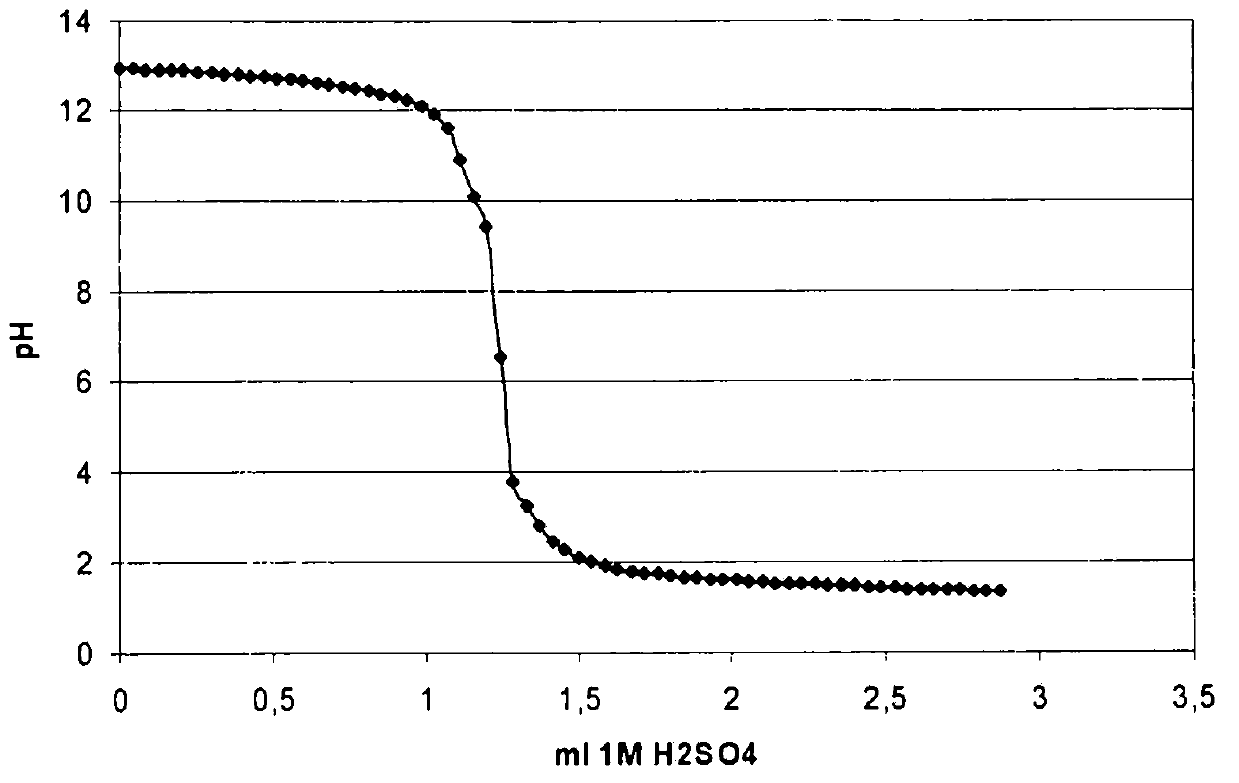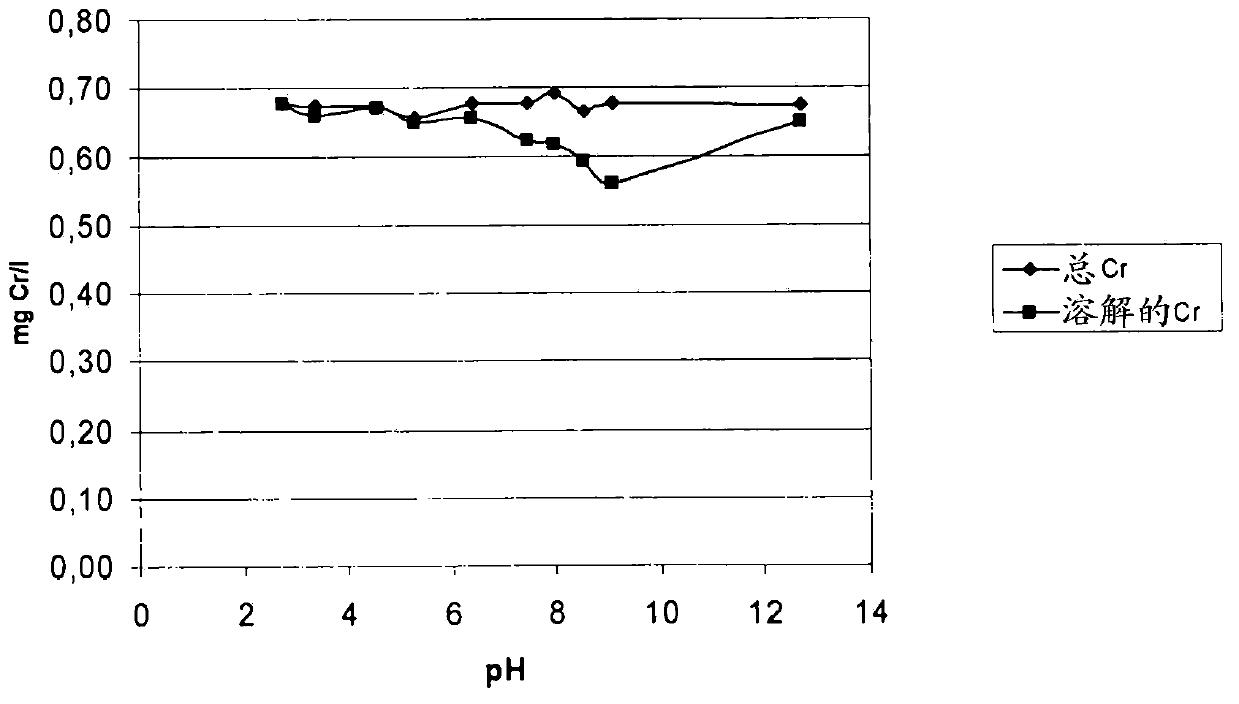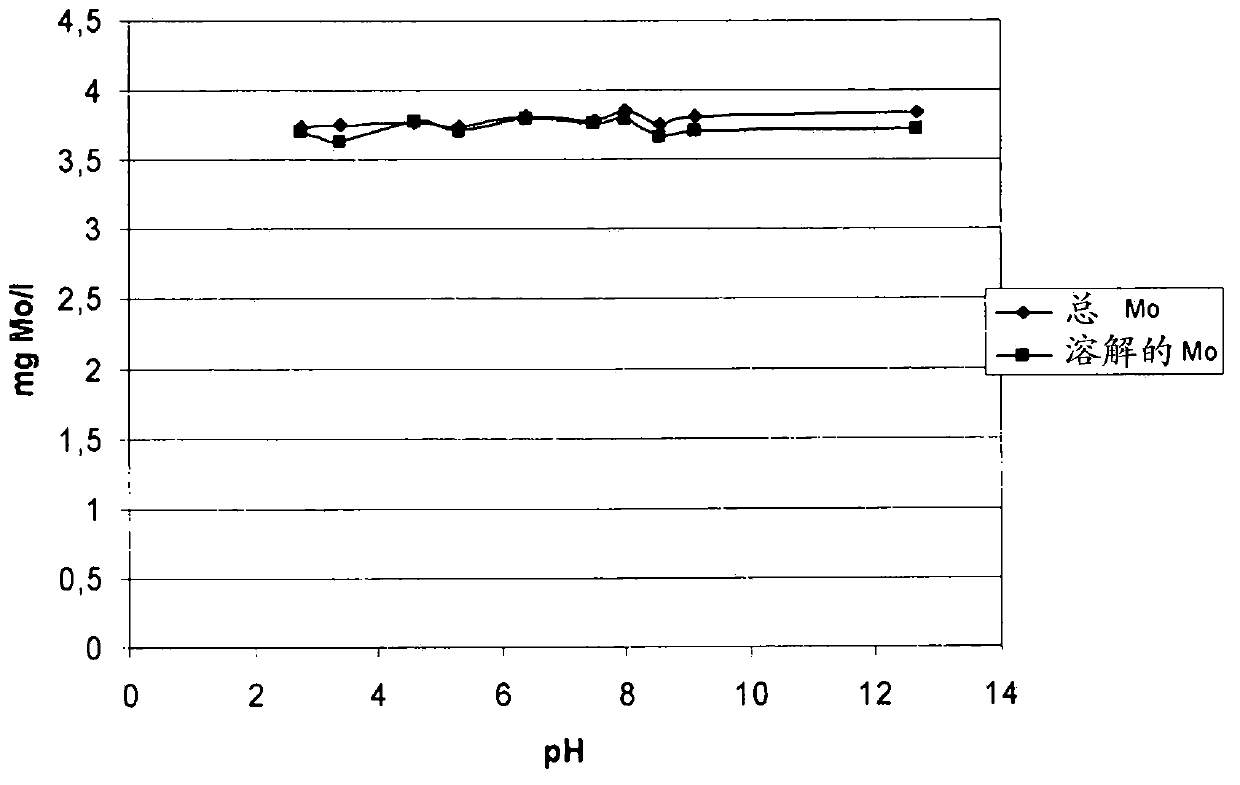Method for purifying waste water from a stainless steel slag treatment process
A technology for stainless steel slag and wastewater, applied in chemical instruments and methods, multi-stage water treatment, water/sewage treatment, etc., can solve the problems of less molybdenum removal, no trivalent chromium removal efficiency, etc., to reduce salt load. Effect
- Summary
- Abstract
- Description
- Claims
- Application Information
AI Technical Summary
Problems solved by technology
Method used
Image
Examples
Embodiment Construction
[0037] The present invention generally relates to new methods for purifying wastewater generated during the treatment of stainless steel slag. Stainless steel mainly comprises iron and further at least chromium and optionally other heavy metals such as nickel and molybdenum. During the production of stainless steel, calcium and magnesium oxides / carbonates (i.e., calcined lime, calcite, dolomite, and magnesite) are added to furnaces (especially electric arc furnaces) to produce liquid slag on top of the molten metal . This slag serves the purpose of oxidizing impurities. After the steelmaking process, the slag is poured into the pit and allowed to cool. To speed up the cooling process, water is sprayed onto the hot slag. During cooling, different amorphous and crystalline phases are formed, including calcium silicate.
[0038] The solidified stainless steel clinker is comminuted to produce fine or coarse agglomerates which can be used in particular for the production of con...
PUM
| Property | Measurement | Unit |
|---|---|---|
| Conductivity | aaaaa | aaaaa |
Abstract
Description
Claims
Application Information
 Login to View More
Login to View More - R&D
- Intellectual Property
- Life Sciences
- Materials
- Tech Scout
- Unparalleled Data Quality
- Higher Quality Content
- 60% Fewer Hallucinations
Browse by: Latest US Patents, China's latest patents, Technical Efficacy Thesaurus, Application Domain, Technology Topic, Popular Technical Reports.
© 2025 PatSnap. All rights reserved.Legal|Privacy policy|Modern Slavery Act Transparency Statement|Sitemap|About US| Contact US: help@patsnap.com



